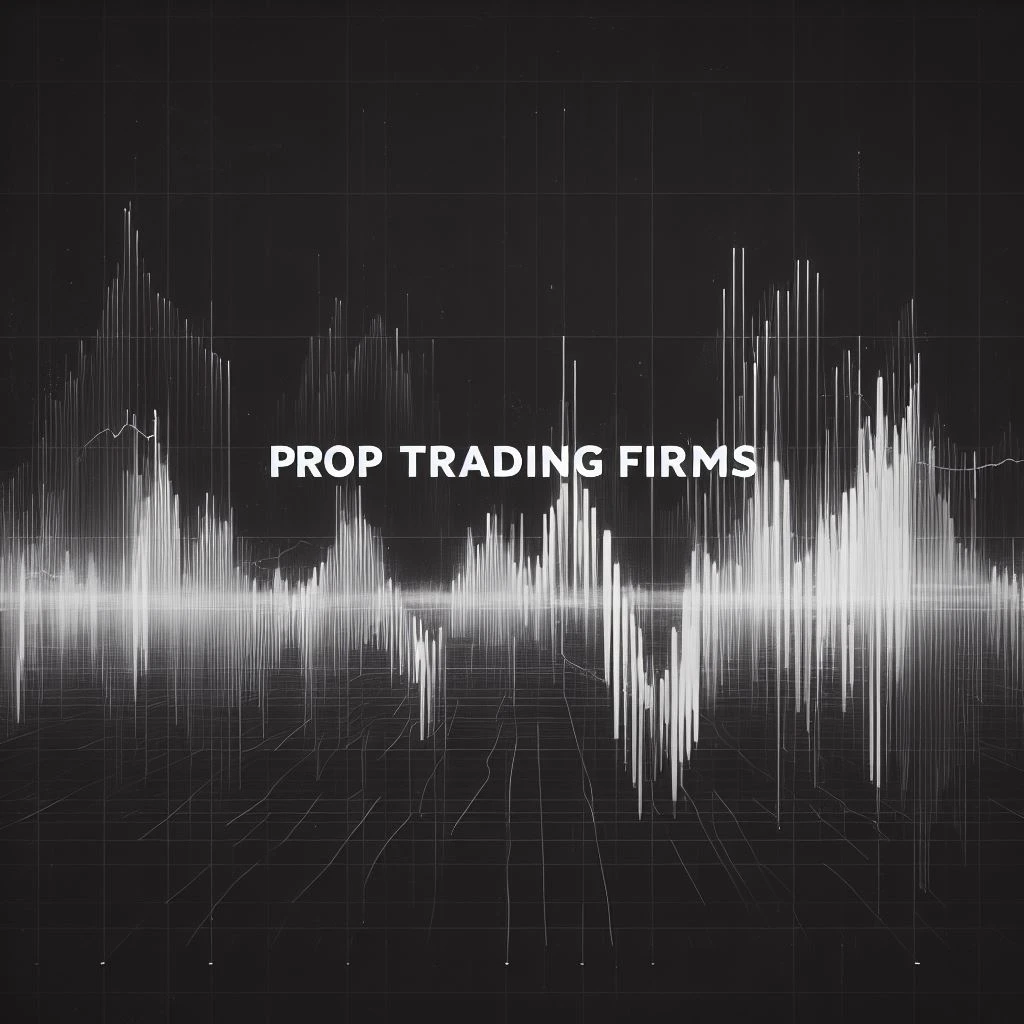Break of Structure
The forex market is like a vast, turbulent ocean—always in motion and full of opportunities. But to navigate these waters successfully, you need to understand the tides and currents. One such “current” that you absolutely must understand is the concept of the “Break of Structure” in trading.
Why is this important? Well, understanding the Break of Structure can be the difference between sailing smoothly and hitting an iceberg. It can help you identify shifts in market sentiment, seize trading opportunities, and manage your risks effectively.
In this article, we’ll look into what Break of Structure means in the trading world, why it’s crucial for your trading strategy, and how to identify it. We’ll also compare it with other similar concepts like Market Structure Shift and Change of Character (ChoCH).
What is Break of Structure in Trading?
The term “structure” refers to the pattern or trend that the price of a financial instrument—be it a currency pair, stock, or commodity—follows. This pattern can manifest as an uptrend, downtrend, or a sideways (range-bound) market. Now, when the price deviates significantly from this existing pattern, we call it a “Break of Structure.”
📈 Bullish Break of Structure: This occurs when the price breaks above a key resistance level or forms a new high, signaling a potential upward trend.
📉 Bearish Break of Structure: Conversely, this happens when the price breaks below a key support level or forms a new low, indicating a possible downward trend.
Market Structure Shift Vs. Change of Character Vs. Break of Structure
Let’s add some more layers to this concept by introducing two closely related terms: Market Structure Shift (MSS) and Change of Character (ChoCh).
- Market Structure Shift (MSS): This is a more specific form of a Break of Structure. It occurs when the price breaks the most recent low in an uptrend without first breaking the most recent high, or vice versa in a downtrend. It’s often a sign of a trend reversal.
- Change of Character (ChoCh): This is a subtle variation of MSS. In an uptrend, a Change of Character happens when the highs are broken before the price reverses to take the low. In a downtrend, the swing low is taken before the reversal to take the swing high.
How Do They Compare?
While all three—Break of Structure, Market Structure Shift, and Change of Character—indicate a significant change in price behavior, they differ in their specificity and the trading strategies they inform. MSS and ChoCh are more specific types of Break of Structure and often signal a more imminent change in market direction.
Why is Break of Structure Important for Traders?
You’ve got the basics down, but why should you care about the Break of Structure? Let’s dig into the reasons.
Change in Trend Direction
The Trend is Your Friend, Until It’s Not! You’ve probably heard the saying, “The trend is your friend.” Well, that’s true until the trend decides to change direction. A Break of Structure is often the first sign that your “friend” is changing its course.
Real-World Examples:
- Bitcoin in 2017: The cryptocurrency was in a strong uptrend, but a sudden break below a key support level signaled a trend reversal, leading to a bear market.
- Apple Stock in 2020: After the pandemic-induced market crash, Apple stock broke above a key resistance level, signaling the start of a new uptrend.
Trading Opportunities
Identifying a Break of Structure can be like finding a goldmine of trading opportunities. It can help you enter or exit trades at the most opportune moments, maximizing your profits.
Case Studies:
- Forex Pair EUR/USD: In 2019, a bullish Break of Structure led to a 300-pip upward movement, offering a lucrative opportunity for traders who spotted it.
- Tesla Stock: In 2020, a bearish Break of Structure signaled a short-selling opportunity that resulted in significant gains for traders who acted on it.
Risk Management
Understanding Break of Structure can also serve as a financial safety net. It can help you set stop-loss levels more effectively, thereby minimizing your losses.
How To Identify Break of Structure
So, how do you spot this elusive Break of Structure? Let’s get into the tools and techniques.
Using Trend Lines
Step-by-Step Guide:
- Open your trading chart and identify the current trend.
- Draw a trend line by connecting the higher lows in an uptrend or lower highs in a downtrend.
- Watch for the price to break through this trend line—this is your Break of Structure.
Using Moving Averages
Moving averages smooth out price data to create a single flowing line, making it easier to identify the direction of the trend. A break above or below this line can signal a Break of Structure.
Using Candlestick Patterns
Candlestick patterns like bullish engulfing or bearish harami can provide clues about a potential Break of Structure. These patterns often precede significant price movements.
Using Fibonacci Support and Resistance Levels
Use the Fibonacci retracement tool to draw levels from the most recent high to low in a trend. A break beyond these levels can indicate a Break of Structure.
Using Trend Channels
Trend channels help you focus on larger price movements by filtering out market noise. A break above or below the channel can signal a Break of Structure.
Using Indicators
Platforms like TradingView offer indicators specifically designed to spot Breaks of Structure, such as the MTF Break of Structure (BOS) & Market Structure Shift (MSS).
There you have it! Understanding and identifying a Break of Structure can significantly impact your trading strategy, from spotting golden opportunities to effective risk management.
The Break of Structure Trading Strategy
Alright, traders, you’ve made it this far, which means you’re serious about leveraging the Break of Structure in your trading strategy. Let’s get into how you can practically apply this knowledge.
Trade Setup
Before you even think about entering a trade, you need to set the stage. Look for a clear Break of Structure—be it bullish or bearish. The ideal setup would be a break that is confirmed by other indicators like moving averages or candlestick patterns.
- Check the Volume: A Break of Structure accompanied by high trading volume often indicates a stronger move.
- Look for Confluence: If the Break of Structure occurs at a significant Fibonacci level or along a trend line, it adds credibility to the setup.
Trade Entry
Once you’ve identified a solid setup, it’s time to enter the trade. But timing is everything!
- Switch to a Smaller Timeframe: For a more precise entry, switch to a smaller timeframe and look for confirming signals like a bullish or bearish engulfing pattern.
- Wait for a Retest: Often, after a Break of Structure, the price will retest the broken level. This retest can offer a second chance for entry.
Stop Loss and Take Profit
💡 The Safety Measures:
Setting appropriate stop loss and take profit levels is crucial for risk management.
- Stop Loss: Place your stop loss just beyond the most recent swing high (for short trades) or swing low (for long trades).
- Take Profit: Your first take profit target should be at the same level as the swing that led to your Break of Structure. For more ambitious targets, look for significant resistance (for long trades) or support (for short trades) levels.
Conclusion
You’ve just been equipped with a powerful tool for your trading arsenal—the Break of Structure. Understanding this concept can significantly enhance your trading strategy, from identifying golden opportunities to managing your risks effectively. So don’t just read and forget; apply these strategies in your next trading session. The market waits for no one, and now you’ve got the knowledge to seize the moment.








